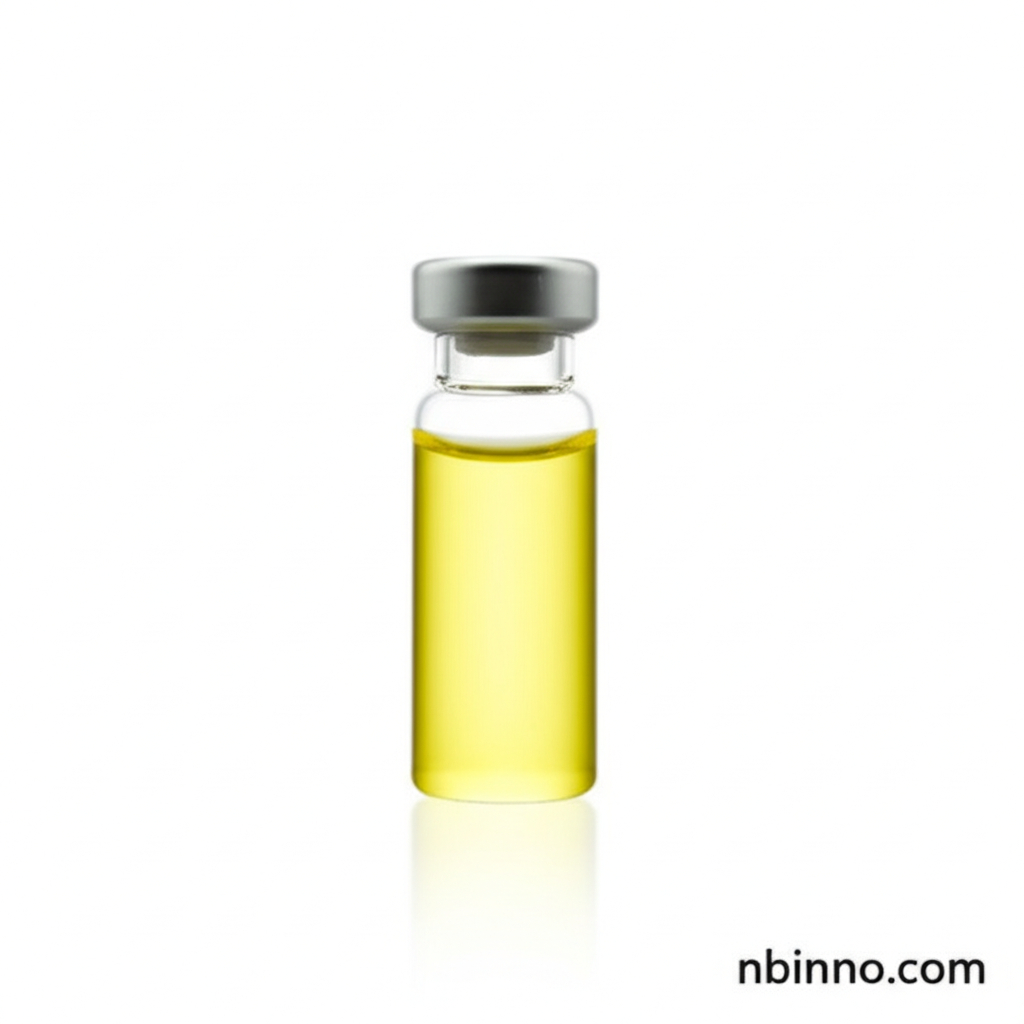5-Methyl-3-methylene-2-hexanone: A Versatile Chemical Intermediate
Discover the properties, synthesis, and diverse applications of this important organic compound.
Get a Quote & SampleProduct Core Value

5-Methyl-3-methylene-2-hexanone
An organic compound with the molecular formula C8H14O, 5-Methyl-3-methylene-2-hexanone (CAS 1187-87-7) is a valuable building block in organic synthesis and plays a role in pharmaceutical research.
- Leveraging its unique structure, 5-Methyl-3-methylene-2-hexanone serves as a key intermediate in organic synthesis, enabling the creation of more complex molecular architectures for various industrial applications.
- As a research biochemical in proteomics, this compound is utilized in specialized research applications, contributing to advancements in biochemical studies and understanding of biological pathways.
- Its identification as an impurity in Tetrabenazine highlights its significance in pharmaceutical quality control, where understanding its presence is crucial for drug safety and efficacy.
- The compound exhibits selective antimicrobial activity against microorganisms, suggesting potential for development into novel antimicrobial agents in different sectors.
Key Advantages Offered
Versatile Synthesis Intermediate
5-Methyl-3-methylene-2-hexanone's functional groups make it highly adaptable, enabling its use in a broad spectrum of synthetic pathways for creating fine chemicals and specialty materials.
Pharmaceutical Relevance
Its role as a known impurity in pharmaceutical compounds like Tetrabenazine underscores the importance of rigorous quality control, benefiting from detailed knowledge of CAS 1187-87-7 chemical properties.
Potential Bioactive Properties
The compound demonstrates both antimicrobial and antioxidant effects, presenting exciting opportunities for its application in developing new bioactive compounds and preserving materials.
Key Applications
Organic Synthesis
As a reactive intermediate, it is fundamental in the synthesis of organic intermediates, facilitating the construction of complex molecules for diverse industries.
Pharmaceutical Research
Its presence as an impurity in Tetrabenazine makes it a subject of study for pharmaceutical quality assurance and impurity profiling, crucial for drug safety.
Biochemical Studies
Used in specialized research biochemical applications, it aids in understanding metabolic pathways and contributes to advancements in proteomics and life sciences.
Antimicrobial Development
The compound's demonstrated selective inhibition against various microorganisms opens avenues for research into new antimicrobial agents and preservation techniques.
